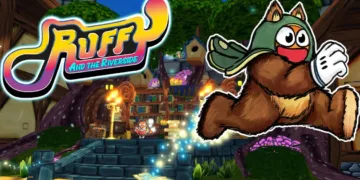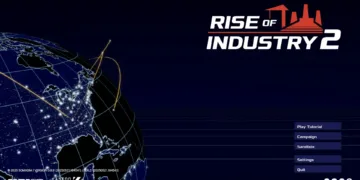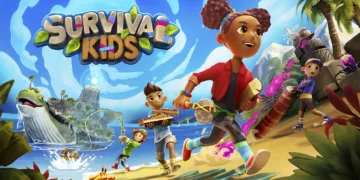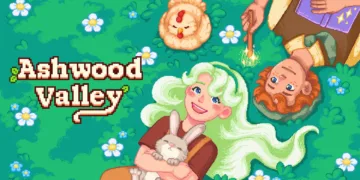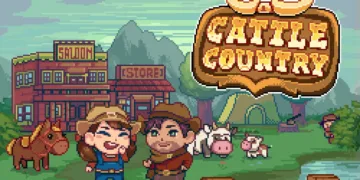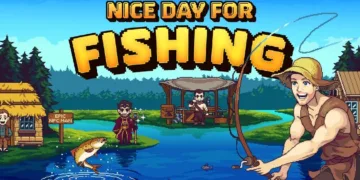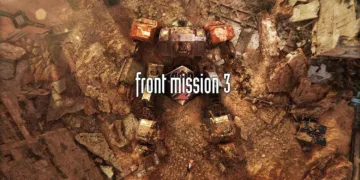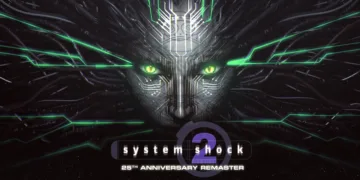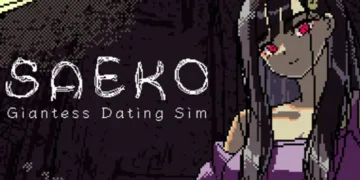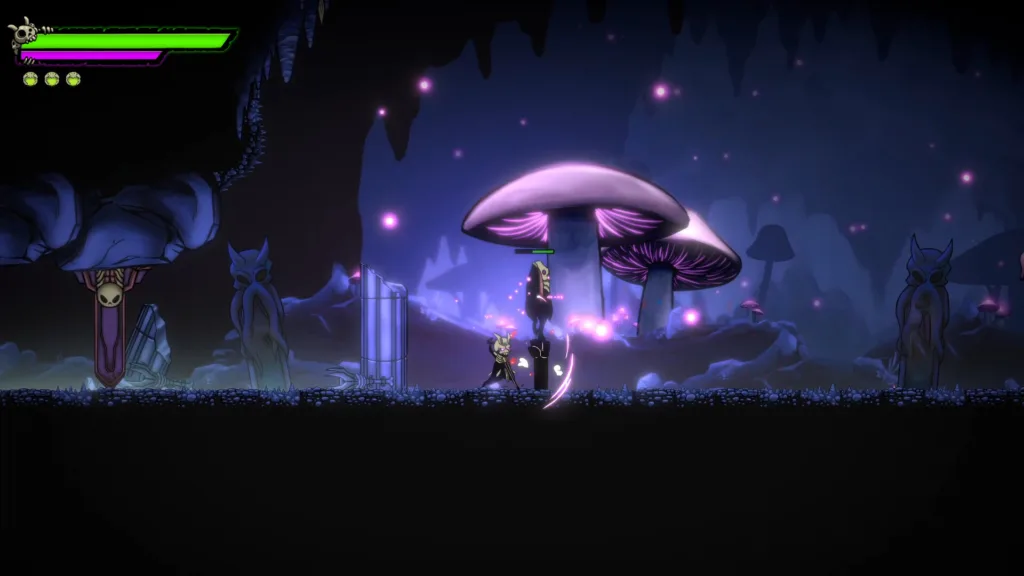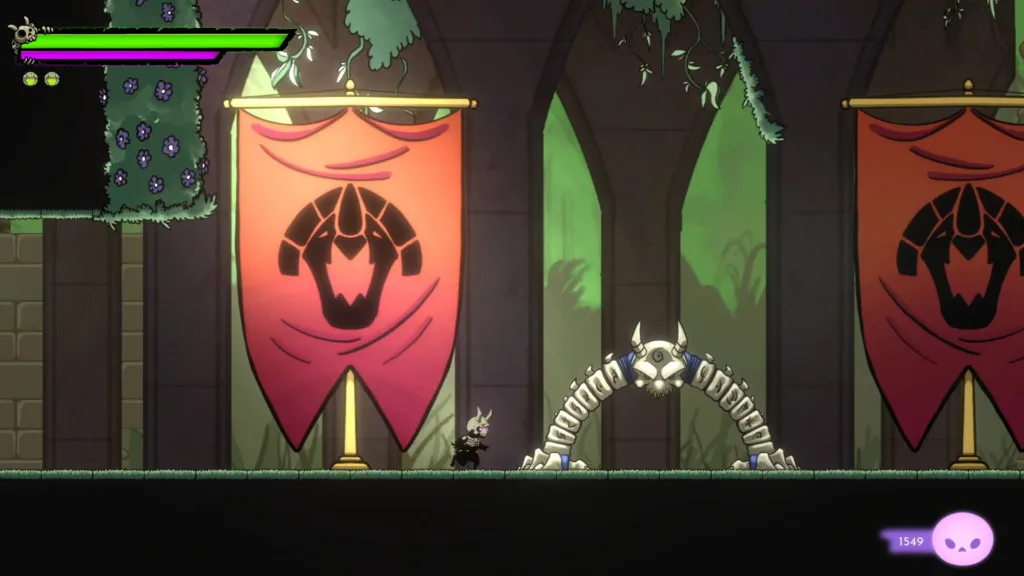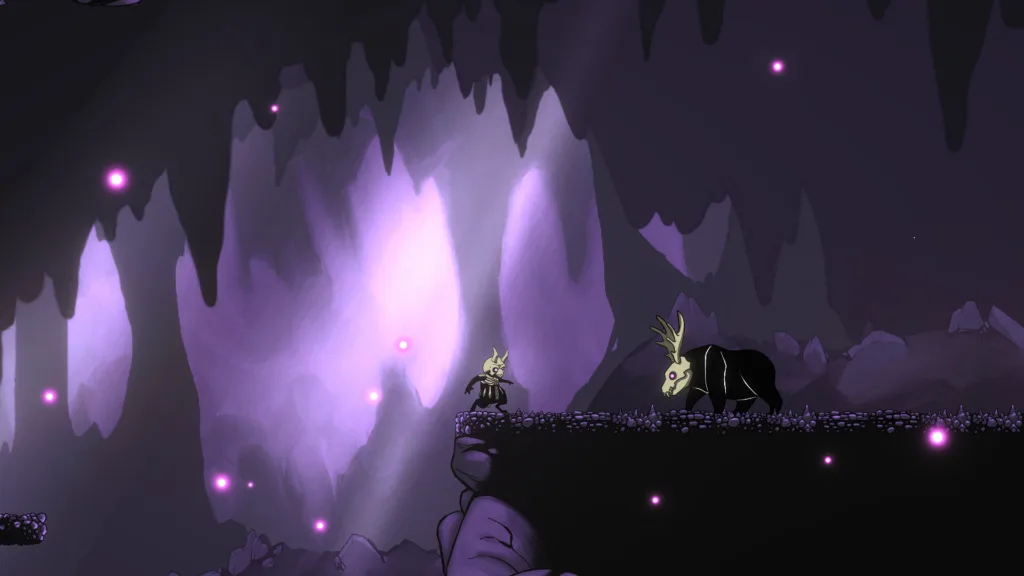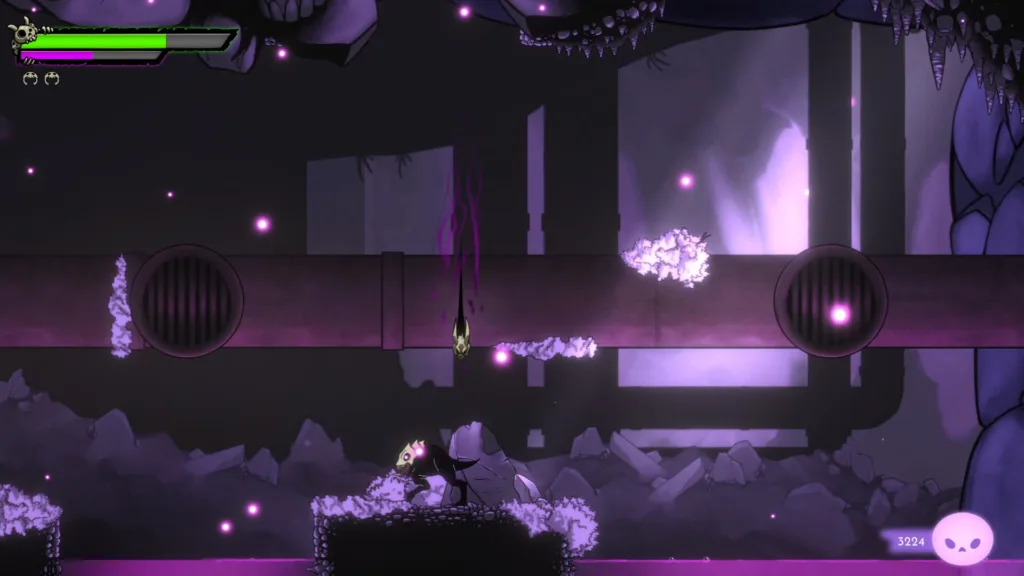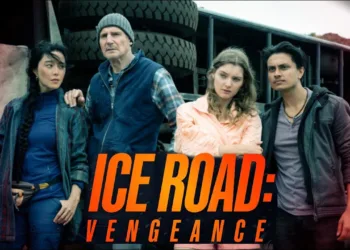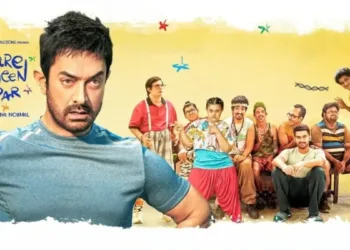Morkull Ragast’s Rage presents itself as a 2D hand-drawn Metroidvania platformer with a refreshing twist: you control a self-aware deity of death who openly comments on his circumstances within the game. As you take charge of Morkull, the narrative unfolds through his quest to regain lost power in the realm known as the Ragast.
The storyline centers on a struggle against a rival force that has overtaken his throne, with the character’s wry observations and direct commentary adding a distinctive layer to the experience. This title marks the debut project from Disaster Games, supported by Selecta Play. The work reflects the spirit of independent creation, stepping into a crowded market of similar offerings with its distinctive art and meta-humor.
Its narrative mixes dark fantasy with self-referential humor, prompting players to consider the nature of game design and storytelling. Comparisons to other works in the genre naturally arise when discussing its gameplay challenges and visual design, which combine thoughtfully drawn characters with occasionally perplexing mechanics.
The stage is set for an analysis of key elements such as the plot structure, character progression, gameplay systems, environmental design, and audio-visual presentation in the sections that follow.
Story and Narrative Analysis
Morkull Ragast’s Rage presents a plot where a dethroned deity fights to reclaim lost power while seeking freedom from a self-imposed digital trap. The narrative follows Morkull’s struggle as he battles forces that have stripped him of his authority, and his quest to reestablish control over his domain. The storytelling uses conventional elements found in similar platformers alongside moments when Morkull comments directly on his circumstances and even on the game’s design.
Morkull himself stands out as a layered character. He is portrayed as both a villain and a reluctant hero, with dialogue that frequently acknowledges his existence within a video game. This awareness adds depth to his motivations and creates an interesting dynamic when he questions the decisions made by unseen developers. Supporting characters, whether friendly or indifferent, highlight different facets of his personality, contributing to a narrative that balances dark thematic elements with occasional levity.
The use of fourth-wall humor in this title is notable. There are moments when the character points out inconsistencies in control schemes or remarks on design choices, inviting comparisons to other games where protagonists engage with their own creation. This commentary sparks debate about how much the in-game lore should interact with meta observations, leaving players to decide if it enriches the story or distracts from it.
Story elements are delivered through dialogue at save points and subtle cues within the environment. This method requires players to pay attention and piece together the events and character relationships themselves, a structure that sometimes leads to an uneven pace. The timing and integration of major events and character shifts provide plenty of material for close inspection of the narrative’s design.
Gameplay Mechanics and Combat
The movement system in Morkull Ragast’s Rage offers standard platforming controls such as jumping, dashing, and wall-jumping. The midair abilities provide an additional twist, giving players extra freedom when exploring vertical spaces. The controls are generally responsive, although some segments feature a slight delay that can lead to frustration, particularly during precise platforming challenges.
Comparisons to similar titles highlight that while the fundamentals are solid, the overall feel can sometimes suffer from uneven responsiveness. In combat, the game presents a basic array of moves including quick and heavy attacks, with options to block and parry incoming strikes. The combo system is straightforward, relying on timing and positioning.
There is a noticeable lack of variation in enemy encounters; foes tend to react similarly regardless of the method of attack, which can reduce the excitement of repeated battles. When examining the mechanics, one might draw parallels to other games in the genre where diversified enemy behavior and move sets contribute to a richer combat experience.
Players gather “Anima”—serving as a type of currency—through defeating enemies, which then facilitates skill unlocks and upgrades. The upgrade tree includes options such as the “Noob Crusher” and various special combos that can influence combat performance. This progression system rewards careful exploration and resource management, yet it occasionally falls short with poorly explained mechanics that leave players guessing about the optimal path for improvement.
The difficulty curve is marked by segments where respawning far from challenging sections forces repeated attempts, contributing to a steep learning curve. The loss system, where a significant portion of collected currency is forfeited upon defeat, adds tension to each encounter. While this can encourage careful play, it may also deter those who prefer a more forgiving approach to trial and error.
A notable feature is the incorporation of fourth-wall elements during gameplay. Morkull’s occasional remarks on control issues and developer choices bring an amusing twist to traditional gameplay.
However, certain non-standard features—like a dedicated button for humorous character animations—do not always mesh well with the rest of the mechanics. The user interface, particularly the upgrade tree and map, sometimes suffers from low visibility and lack of polish, making quick decision-making more difficult during intense sequences.
Level Design and Exploration
The Ragast is crafted as a network of interconnected zones, each with its own distinct visual identity and challenges. Early areas present a muted palette and limited scope, gradually giving way to expansive regions filled with richly drawn backdrops and inventive environmental details. The hand-drawn style lends a sense of personality to every area, with each setting offering visual hints about its history and role in Morkull’s struggle.
The in-game map is an essential tool, yet its implementation leaves room for improvement. Inaccurate markers and occasional misplacement of key locations can lead to moments of confusion during exploration. This shortfall sometimes forces players to spend extra time retracing their steps.
Some zones hide secret rooms and puzzles that open access to previously unreachable paths, creating pockets of rewarding discovery amid the more straightforward sections. Comparisons with similar titles highlight that a clearer map system could enhance player satisfaction significantly.
The progression design rewards curiosity through the gradual acquisition of abilities or keys, which in turn unlock areas that were once inaccessible. However, the need to revisit earlier sections can disrupt the flow of gameplay when the process feels repetitive. The pacing can fluctuate, with certain sequences feeling overly drawn out because of the backtracking required.
Technical challenges also surface during exploration. There are instances of visual glitches such as flickering seams and sudden appearance of invisible obstacles that momentarily hinder progress. Such issues, while not overly disruptive, can detract from the overall enjoyment and break the sense of immersion during intense sequences of exploration and discovery.
Visuals, Graphics, and Audio
The hand-drawn, frame-by-frame style gives Morkull Ragast’s Rage a distinctive visual appeal compared to other entries in its genre. The detailed character designs add personality, with a range of quirky foes and atmospheric backgrounds that support a dark fantasy theme. Each area is crafted with care, and the artistic choices reinforce the game’s thematic focus, setting a mood that is both eerie and playful.
Character animations exhibit moments of fluidity that enhance the overall experience, although some sequences appear less refined. Certain movements in combat and idle animations occasionally break the expected smoothness, highlighting areas where polish is lacking. The user interface, including menus and maps, sometimes suffers from low clarity, which can disrupt the visual harmony during intense gameplay moments.
The musical score and sound effects align with the game’s demonic atmosphere, featuring tracks that support the pace during action sequences and ambient sounds that contribute to the sense of foreboding in quieter sections. While the soundtrack generally reinforces the game’s mood, there are moments when audio inconsistencies interrupt immersion.
The combination of art, animation, and sound crafts a game world that stands out visually, though minor issues in animation and interface design can occasionally detract from an otherwise engaging presentation.
Humor, Tone, and Overall Experience
Morkull Ragast’s Rage makes frequent use of fourth-wall interactions, allowing the character to poke fun at game mechanics and hint at the unseen hand behind his existence. At several moments, Morkull’s offhand remarks about control quirks or design choices provide a layer of commentary that disrupts the usual separation between player and game.
This self-aware humor is interwoven with both narrative segments and active gameplay, as the protagonist sometimes interrupts his own actions with a remark aimed squarely at the developers. These instances evoke comparisons with titles where character awareness plays a role, offering a fresh twist on familiar narrative devices.
The game combines dark, gothic aesthetics with moments of mischievous humor that lighten the mood. Morkull’s character, though cast in a foreboding world, exhibits a playful attitude that contrasts with the environment’s grim setting.
This mix of elements maintains a tone that shifts seamlessly between moments of tension and levity. However, the balance does not always hit its mark, and there are times when the humorous asides feel misplaced in more intense or poorly executed gameplay segments.
Players seeking a challenging platforming experience might find that the playful commentary occasionally eases the frustration that arises from less polished mechanics. The interplay of humor and dark themes produces an experience that appeals to those who enjoy a bit of irony alongside action-focused encounters. While the narrative and gameplay offer multiple layers for discussion, the infusion of self-referential humor ensures that the experience retains a distinct personality throughout its runtime.
The Review
Morkull Ragast's Rage
Morkull Ragast's Rage offers a fresh take on the Metroidvania style with memorable art, self-aware humor, and challenging platforming segments. Its detailed narrative and creative visuals distinguish the game, yet control issues and a clunky interface hold it back. Fans who enjoy character-driven commentary and artistic design will appreciate its wit and effort, though some gameplay moments leave room for improvement. My verdict is that the game is engaging in parts but could use more polish in execution.
PROS
- Distinct hand-drawn visuals and artistic style
- Clever self-aware humor integrated into gameplay
- Engaging, challenging platforming elements
- Creative character design and narrative twist
CONS
- Inconsistent control responsiveness during intense segments
- Clunky interface with hard-to-read menus and maps
- Occasional technical glitches that disrupt play
- Uneven pacing with repetitive backtracking































